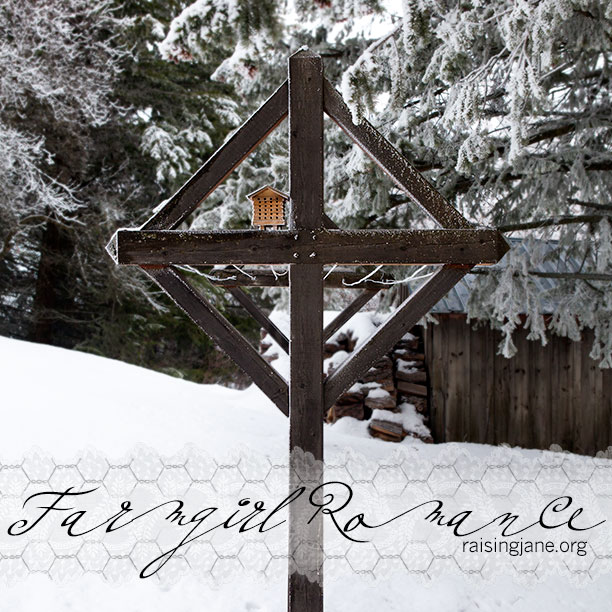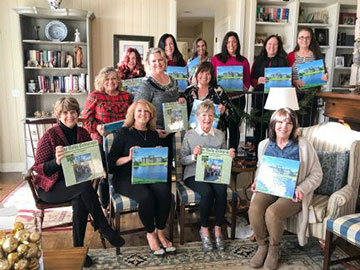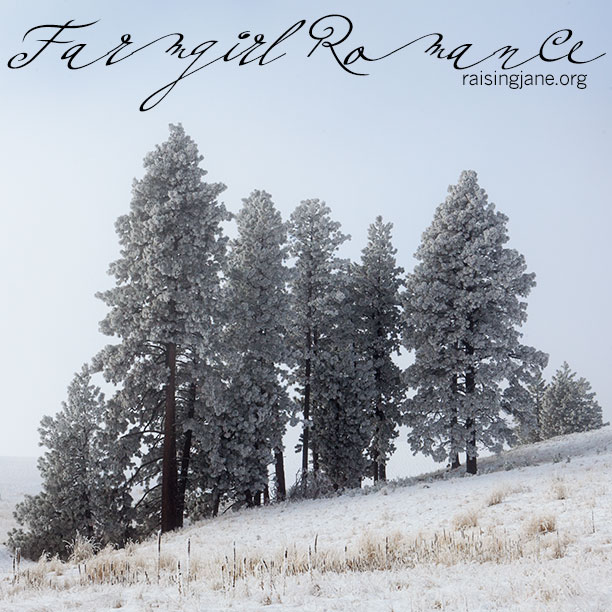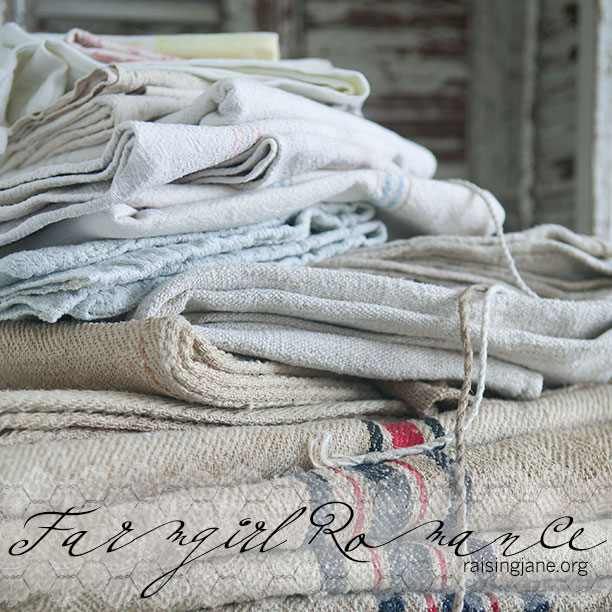Most children love a good fairy story, and even us adults have been known to belt along to the songs from the Disney versions. Let It Go, am I right? But most of us only know the watered-down version of the original tales: the beginnings of these stories were much darker … and quite frankly, more than a little strange, they are downright dark.
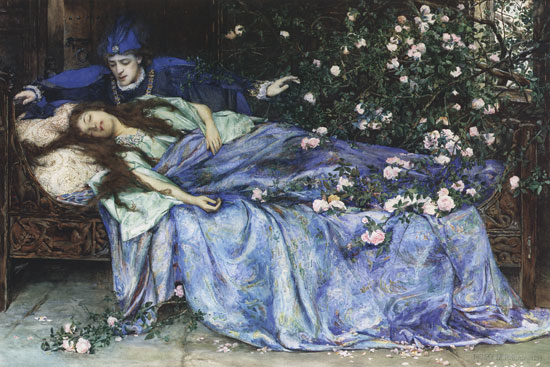
Sleeping Beauty by Henry Meynell Rheam (1859 – 1920) via Wikimedia Commons
First of all, children’s books didn’t actually exist back when fairy tales started being written down, so they were clearly aimed at an adult audience when Charles Perrault, the Brothers Grimm, Madame d’Aulnoy, and even Hans Christian Andersen took up their pens. Want to hear some of the stories behind the stories? If you’re sure …
- Snow White and the Seven Dwarves. Supposedly based on Margarete von Waldeck, a 16th century Bavarian noblewoman, whose tale inspired this well-known story. Living alongside her brother (other reports say her father) at his copper mine, the labor was provided by children, who became deformed at the result of the all the work in the mine. They were referred to as dwarves, and the brother was known to poison with apples anyone caught stealing. Margarete was also poisoned to death, after being sent away by her stepmother to live in Brussels. She became embroiled with Prince Philip II of Spain, to the chagrin and rage of his father, the King. Let’s just say she did not live happily ever after. When the Grimm brothers wrote their tale of Snow White, they likely pulled from this story, adding in their own bits that Disney and other children’s books later left out: the evil stepmother demanding and then eating what she believed were Snow White’s lungs and liver (eww!), and how Snow White was saved, not by a kiss, but by the prince tripping and dropping her casket, which dislodged the piece of apple in her throat (which, if you think about it, is a better lesson to teach the youngsters: if someone is choking or poisoned maybe kissing them isn’t the answer. Try the Heimlich maneuver, boys and girls).
- The Little Mermaid. In Hans Christian Andersen’s tale, we find a much sadder and tragic ending for little Ariel. When she gets her new legs from the sea witch, the punishment is that walking around on them will be horribly painful, like knife wounds to her feet. She even leaves behind trails of blood when she walks. Naturally, she makes the deal anyway, determined to win the love of the prince. Sadly, while he finds her nice enough, he falls in love with someone else. The sea witch tells the mermaid if she stabs him to death, she’ll turn back into a mermaid and can forget all about this unfortunate teenage mistake. Unable to do so, she throws herself into the sea and becomes foam. Probably not the feel-good story of the year, Hans.
- The Sleeping Beauty. Giambattista Basile’s tale is so weird and dark, it’s hard to know why Charles Perrault adapted it later, and why Disney liked it, too. In the original, a king wanders by a castle and enters it, only to find the sleeping beauty, who is in some sort of coma. He doesn’t wake her, and he doesn’t just kiss her either. That’s right, in this twisted tale, Sleeping Beauty wakes up nine months later to twins. The messed-up romance doesn’t stop there: the king is already married, and when the queen finds out about what’s happening, she tries to burn Sleeping Beauty at the stake and plans to feed the babies to the king. She is unsuccessful, which is about the only decent thing in this tale! We’ll stick to Walt’s version, thanks.
- The Lion King. Shakespeare lovers figured it out pretty quickly, but the rest of us took some time to put two and two together: the Lion King is based on Hamlet. At least in the singing animal version, a few survive to tell the tale, not like the Bard’s original, where basically, the entire cast of characters dies.
- Rapunzel. There are a few versions of this strange tale of the well-tressed girl in a tower, but one is based on the tale of a 3rd century A.D. woman. Sheltered by her father, who absolutely refused to allow her any suitors, she was locked up in a tower whenever he had to travel for business. Praying loudly throughout the window, annoyed Father Dear eventually decapitated her (later, he was struck and killed by lightning). She became the martyr, Saint Barbara, revered by the Eastern Orthodox Church. When the story morphed into a fairy tale, it got even stranger by adding in the long hair and some darker elements: having twins out of wedlock, the witch blinding the prince by plucking out his eyes, and Rapunzel wandering for years with her babies until the lovers meet again. Which, as we’re learning, is a surprisingly happy ending for these types of tales!
- Hansel and Gretel. Most likely based off the story of Katharina Schraderin, a 16th-century baker. She made such a delicious gingerbread cookie house that her rival, a man who was a baker himself, accused her of witchcraft. The townspeople, loving a good mob and BYOP (bring your own pitchfork) party, burned her to death in her own oven. Feeling warm and fuzzy yet? Me neither.
- Pinocchio. Carlo Collodi’s version of the tale of the walking, talking marionette, ends with Pinocchio accidently killing the wise cricket and himself being strung up and hung. Gulp.
Knowing all this makes me even more grateful for modern-day children’s books that are what they are, with most of them being downright wonderful, clever, and full of goodness and light. Have you read any good children’s books lately? You might want to try Something to Tell the Grandcows by Eileen Spinelli and Bill Slavin. Or, Tell Me Something Happy Before I Go To Sleep by Joyce Dunbar. In the adult genre, Bill Gates said, Enlightenment Now: The Case for Reason, Science, Humanism, and Progress by Steven Pinker is “my new favorite book of all time.” Is the world really falling apart? Is the ideal of progress obsolete? Cognitive scientist and public intellectual Steven Pinker urges us to step back from the gory headlines and prophecies of doom, and instead, follow the data: In seventy-five jaw-dropping graphs, Pinker shows that life, health, prosperity, safety, peace, knowledge, and happiness are on the rise.
And there you have it! No need to throw yourself into the sea. We really have come a long way.
Continue reading →
